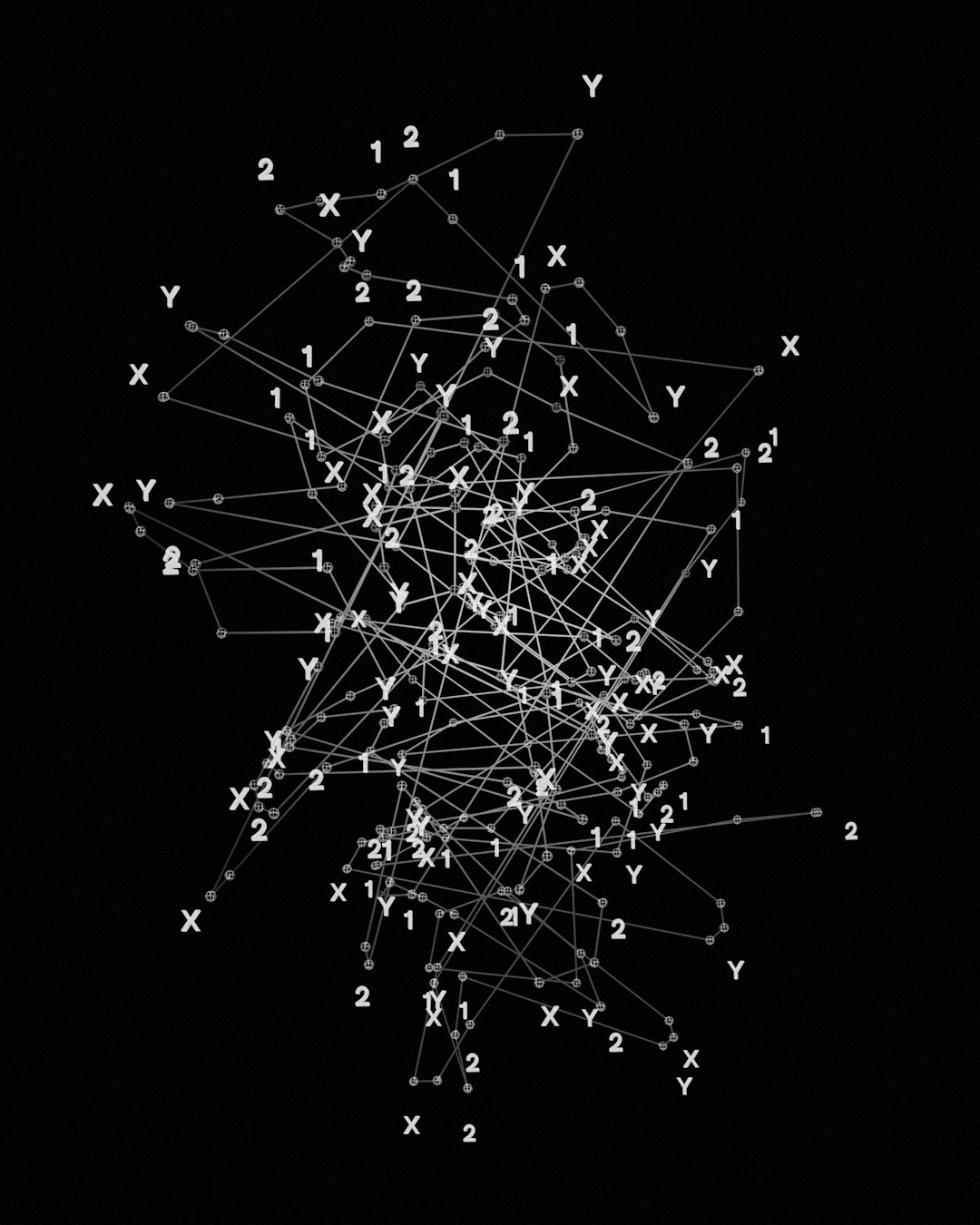
Harnessing Node Aggregation to Conceptualize Data Science Insights
In the ever-evolving landscape of data science, the ability to aggregate and analyze data effectively has become paramount. Node aggregation, a powerful technique, allows data scientists to draw meaningful insights from vast datasets by organizing data points into cohesive units. This article delves into the intricacies of harnessing node aggregation to conceptualize data science insights, highlighting its significance, applications, and emerging trends.
Understanding Node Aggregation
Node aggregation involves grouping data points based on specific criteria, allowing for enhanced data analysis. This technique is especially useful in scenarios where large datasets can overwhelm traditional analysis methods. By consolidating data into nodes, data scientists can streamline their analyses and uncover insights that may otherwise remain hidden.
The Importance of Node Aggregation in Data Science
The importance of node aggregation lies in its ability to simplify complex data relationships. In data science, understanding the connections between different data points is crucial. Node aggregation allows for:
- Improved data visualization: By grouping similar data points, researchers can create more intuitive visual representations of their findings.
- Enhanced performance: Aggregating data reduces the volume of information that needs processing, improving computational efficiency.
- Focused insights: Aggregated nodes can reveal trends and patterns that may not be evident when examining individual data points.
Practical Applications of Node Aggregation
Node aggregation finds its applications across various sectors, including finance, healthcare, and marketing. Here are a few notable examples:
1. Healthcare Analytics
In healthcare, node aggregation can be used to analyze patient data, allowing for the identification of health trends and outcomes. By grouping patients with similar conditions or demographics, healthcare providers can tailor treatment plans more effectively, ultimately improving patient care.
2. Customer Segmentation in Marketing
Businesses can harness node aggregation for customer segmentation, grouping customers based on purchasing behavior or preferences. This enables targeted marketing strategies, enhancing customer engagement and driving sales.
3. Financial Market Analysis
In finance, node aggregation can assist in identifying market trends by grouping stocks based on performance metrics. Analysts can derive insights about market movements and investment opportunities by examining aggregated data.
Current Developments and Emerging Trends
The field of data science is rapidly evolving, with node aggregation techniques gaining traction. Some current developments include:
-
Machine Learning Integration: The integration of machine learning algorithms with node aggregation is transforming how data is analyzed. Techniques such as clustering and classification can enhance the aggregation process, providing deeper insights.
-
Real-time Data Processing: With advancements in technology, real-time data processing capabilities are becoming increasingly common. Node aggregation can be applied to streaming data, allowing businesses to react quickly to changing conditions.
-
Big Data Technologies: Tools like Apache Spark and Hadoop are enhancing node aggregation processes, enabling data scientists to handle and analyze larger datasets more efficiently.
Expert Opinions
According to Dr. Jane Smith, a data scientist at Tech Innovations, “Node aggregation is crucial for simplifying complex datasets. It allows us to focus on what truly matters, leading to actionable insights.” This sentiment is echoed across the industry as more professionals recognize the power of aggregation in data analysis.
Further Reading and Resources
To deepen your understanding of node aggregation and its applications in data science, consider exploring the following resources:
- Towards Data Science: Data Aggregation Techniques
- KDnuggets: Data Aggregation in Data Science
- DataCamp: Data Aggregation with Pandas
Conclusion
Harnessing node aggregation to conceptualize data science insights opens up a world of possibilities for data-driven decision-making. As organizations continue to prioritize data analysis, understanding and implementing node aggregation techniques will be vital for success. Whether in healthcare, finance, or marketing, the insights derived from aggregated data can lead to more informed strategies and improved outcomes.
For those looking to delve deeper into data science, consider subscribing to newsletters or following relevant blogs. Sharing this article can also help spread awareness about the importance of node aggregation in data science.
Glossary of Terms
- Node: A basic unit of data in a network or database.
- Aggregation: The process of compiling data to summarize and analyze it.
- Clustering: A machine learning technique used to group similar data points.
By exploring these concepts and leveraging node aggregation, you can enhance your data science capabilities and drive impactful insights.


